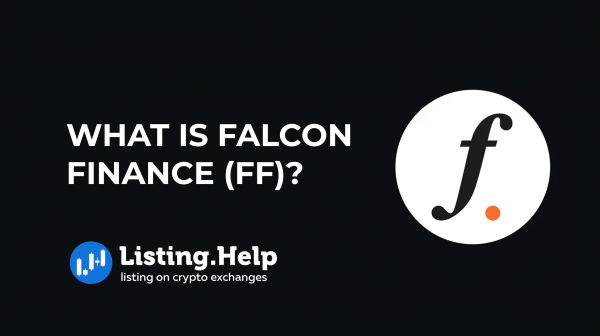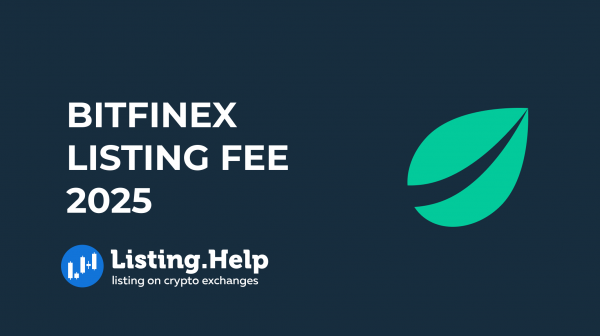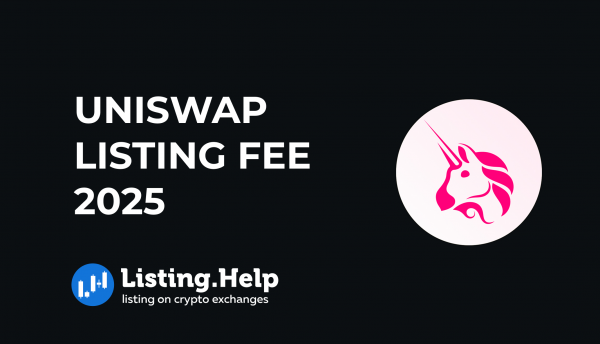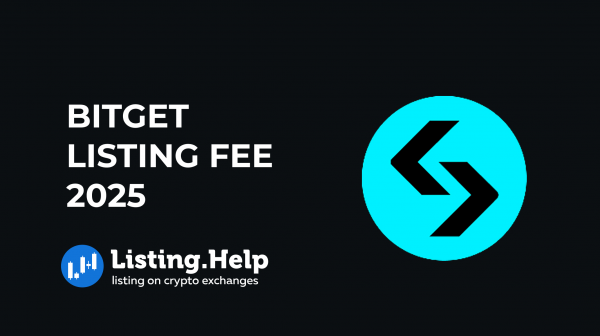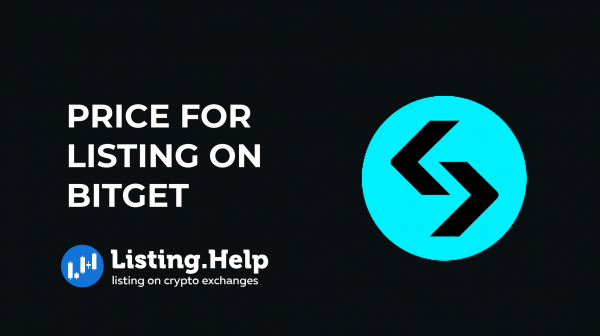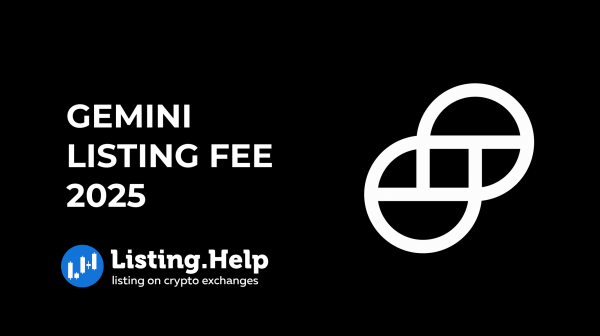What is Lombard (BARD)?
 October 11, 2025
October 11, 2025 Updated: October 11 2025, 04:26
Updated: October 11 2025, 04:26
LEAVE A REQUEST
Launching your own token project? Our experts are ready to help with listing on exchanges, market making, marketing and other solutions
SUBMIT APPLICATIONLombard is a Bitcoin infrastructure platform designed to make BTC more productive. It provides liquid staking through LBTC, supports cross-chain use, and gives access to a range of yield strategies. At the center of the system is LBTC — a liquid, yield-generating version of Bitcoin that is fully backed 1:1 by native BTC. With LBTC, users can stake Bitcoin, earn rewards, and still use it in decentralized finance (DeFi) applications without losing exposure to their underlying asset.
Lombard also includes vaults and a DeFi marketplace, where users can find structured products and curated Bitcoin-based yield options. The platform’s security and core functions are maintained by the Lombard Security Consortium, a network of independent institutions that verify transactions and protect the system’s integrity.
LBTC
LBTC is a tokenized form of Bitcoin that maintains full 1:1 backing with native BTC. Unlike standard wrapped Bitcoin, LBTC accumulates yield. When Bitcoin is staked through Lombard, it’s secured by Babylon’s Bitcoin Staking Protocol, allowing rewards to build over time and gradually increase LBTC’s value. Since LBTC works across multiple blockchains, holders can still use it in DeFi protocols for lending, borrowing, or liquidity provision — all while keeping exposure to Bitcoin.
How Lombard (BARD) Works?
Lombard runs on Babylon’s Bitcoin Staking Protocol, which allows BTC holders to delegate their Bitcoin to help secure Proof of Stake (PoS) networks. In return, they receive rewards while their BTC stays on-chain.
When a user deposits Bitcoin into Lombard, it’s staked through Babylon and earns rewards in various tokens. These are later sold on open markets, converted into Bitcoin, and added to Lombard’s reserves. Over time, reserves may hold more BTC than the total amount of LBTC in circulation. To maintain balance, the system occasionally adjusts the reserve ratio used for minting and redeeming LBTC. This process ensures that each LBTC remains fully backed by Bitcoin while also capturing staking gains.
Lombard Security
The Lombard Security Consortium is a group of independent members responsible for validating key network operations. It oversees deposits, redemptions, and staking, and maintains the Lombard Ledger — a dedicated blockchain that records all transactions and governance actions.
This ledger serves as an auditable record of protocol activity. Because every major decision requires agreement among multiple members, the system avoids centralization and ensures transparent management of LBTC.
Staking Process
- Deposit BTC: Send Bitcoin to a unique Lombard-generated address and choose the blockchain where LBTC will be received.
- Mint LBTC: After confirmation, LBTC is issued on the selected chain, representing your staked Bitcoin while keeping it liquid and usable.
- Earn Rewards: Through Babylon, your BTC supports PoS networks and earns rewards in multiple tokens.
- Convert Rewards: The protocol trades these rewards for Bitcoin and adds them to reserves.
- Redeem BTC: When unstaking, LBTC is burned, and after the withdrawal period, you receive your BTC according to the current reserve ratio.
KeyFeatures of Lombard (BARD)
DeFi Marketplace
Lombard’s DeFi Marketplace brings together Bitcoin-based opportunities from multiple chains and protocols. It presents lending, borrowing, liquidity, and vault options in one interface. Each product is reviewed with partner protocols, and users can filter results by blockchain, protocol type, or risk level.
Vault Strategies
Vaults in Lombard automatically deploy LBTC across different DeFi protocols. Once deposited, LBTC is allocated to strategies such as yield farming, liquidity provision, or lending. The vaults are managed jointly by Lombard and its DeFi partners, rebalancing as conditions change and compounding returns over time.
Different vault types cater to varying preferences. Some focus on stable, cross-chain yield through well-known protocols, while others target newer networks offering higher potential returns. This design allows users to access diversified yield opportunities without managing strategies themselves.
Risks and Key Considerations
Using Lombard involves certain risks. Staking may be affected by validator performance, which can lead to slashing. The nine-day unstaking period also introduces exposure to market volatility, during which LBTC can trade above or below Bitcoin’s value.
LBTC holders face potential depeg risk if market prices deviate from the value of the underlying BTC. Vault returns depend on DeFi protocol performance, so actual yields may vary from projections. Users should weigh these risks carefully before participating.
What is the BARD Token?
BARD is Lombard’s native utility token, with a fixed supply of one billion. It supports governance, security, and incentives within the ecosystem.
- Governance: BARD holders can vote on proposals related to fees, development, and grants managed by Lombard’s Liquid Bitcoin Foundation.
- Security: Staking BARD helps safeguard the cross-chain bridge, Lombard Ledger, and supporting infrastructure.
- Incentives: Token holders may gain early product access, preferential rates, and exclusive platform benefits.
- Staking Rewards: Users who stake BARD can earn yield and may receive additional incentives from partner protocols. Unstaking may take up to 21 days to maintain network stability.
The BARD token is listed on many platforms, including Bitrue, Bitget, Poloniex and Upbit. If you’re looking to list your token on similar platforms, understanding the token listing process and crypto exchange listing fees is essential.
Conclusion
Lombard’s purpose is to make Bitcoin an active part of on-chain markets instead of a static store of value. With LBTC, holders can earn rewards through Babylon while keeping their Bitcoin liquid and accessible across different networks. The inclusion of vaults and the DeFi marketplace gives users practical ways to capture yield without handling complex strategies on their own.

For more insights and updates on the crypto world, don’t forget to check out our blog at Listing.Help.




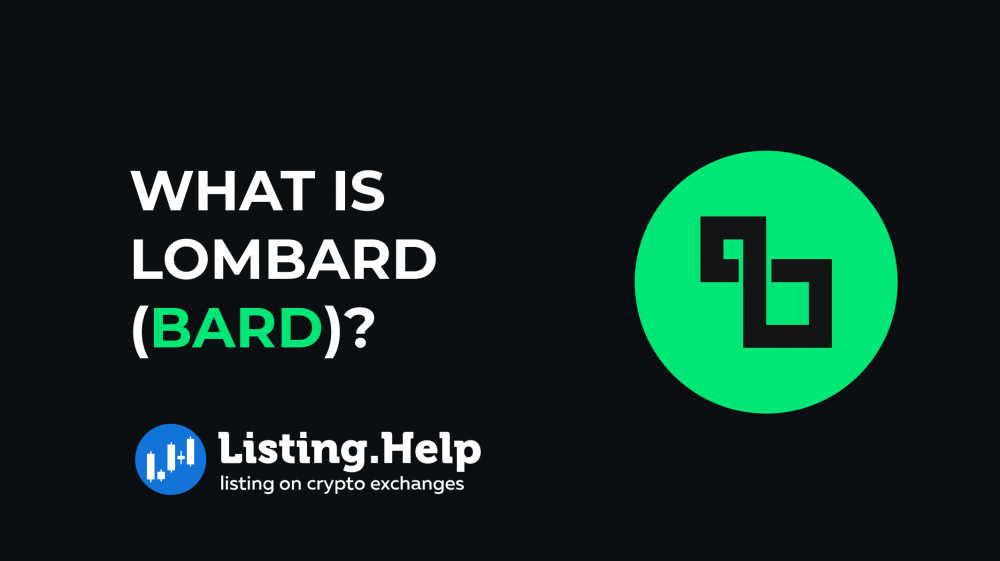


 November 6, 2025
November 6, 2025 